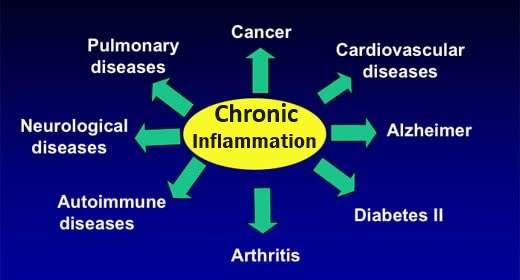GSE
Atherosclerosis process. How and why does plaque build up in arteries?
Atherosclerosis process-
How and why does atherosclerotic plaque
build up in arteries? Endothelium - a single
layer of Endothelial Cells (ECs)
To avoid a blood vessel
rupturing consequential to various injurious mechanisms to a weakened endothelial
artery lining:
• The damage irritates /inflames
the endothelium causing an inflammatory immune response for the purpose of healing
or controlling the damage.
• The arterial
wall ECs initiate life-saving action
Without inflammation infections would go unchecked and wounds
would never heal
The damaged site becomes red, swollen
and warm as healing mechanisms are initiated. The acute phase response occurs within
minutes to hours, but if the infection or injury continues and/or the problem is
not resolved within a few days, it becomes a chronic inflammatory response.
Acute phase protein
(APP) molecules
(cytokines
and acute phase reactants) orchestrate the
responsive action - Released in response to alarm-signaling cytokines
(particularly IL-6) - by most cells (in particular in the arteries, by various immune
system cells, E.g. T-cells, macrophages, platelets, and ECs) during infection or
injury;
- Acute Phase Reactants (APRs, a type of APP)
are produced (mostly in the liver) and released into
the plasma - modulate blood clotting, vessel dilation/ contraction,
fibrosis (repair fiber/scarring), cell proliferation, immune
cell action, cholesterol deposit/removal, and more.
Acute Inflammation Response
- Vessels dilate for 15 minutes to several hours and become
more permeable. Enabling WBCs and fluids to leave the vessels (manifests
as swelling);
- Phagocytic WBCs adhere to vessel wall.
Cytokines
increase number of EC adhesion molecules, which then adhere phagocytic WBCs (usually
neutrophils) to the vessel wall, which engulf and destroy microbes and debris particles.
(In viral infection, lymphocytes rather than neutrophils usually predominate. In
certain parasitic infections, eosinophils predominate);
- Injurious agents are destroyed or walled off and debris
is cleared. By activated specialized blood and connective tissue cells,
so that tissue repair can take place;
- Blood clot is formed .
To prevent blood loss and provide a barrier
to microorganisms;
- Fibrous connective tissue is brought in to repair
the damage;
- When healing is complete the blood clot is removed.
Inappropriate, prolonged inflammatory response to ongoing endothelial
injury leads to:
- Endothelial dysfunction as a consequence of sustained vessel
constriction / high blood pressure (mainly as a consequence of insufficient
available, endothelium-relaxing nitric oxide)
- Further increases in coagulation, vessel adhesion
molecules, and immune system white blood cell activity.
- The process culminates in the development of atherosclerotic
plaque.
Chronic inflammation in the arterial endothelium involves:
- Vessel constriction.
Due to failure of endothelium-dependent
relaxation mechanism;
- Macrophages and Lymphocytes.
Accumulation
of immune system macrophages (engulf and destroy bacteria / debris/cholesterol)
and lymphocytes (T-cells, B-cells, NK cells);
- Tissue Damage.
Generation of damaging ROS in ECs, smooth muscle cells (SMCs) and adventitia,
responsible for tissue destruction, as seen in CVD (and auto immune and neurodegenerative
disease);
- Life-saving Atherosclerotic Plaque.
Chronic endothelial injury
requires a more substantial, artery-thickening, "repair patch"as a life-saving
measure to prevent arterial rupture (artery is under high pressure), consisting
of oxidized
This stronger repair process involves:
▲ Vascular smooth muscle cell proliferation
▲ Development of fibrosis - excess fibrous connective
tissue, mainly collagen and elastin.
▲ Accumulation of cholesterol -which becomes
oxidized and develops into foam cells and fatty streaks
(3) Eventually the artery is occluded
(a) By the physical obstruction of atherosclerotic plaque itself
(b) Or more often by blood
clots (thrombi) formed by plaque rupture,
which results in reduction of blood flow (ischemia)
Possible consequences are:
- Damage to heart muscle (by blocking a coronary artery)
→→→HEART ATTACK
- Damage to brain (by blocking a carotid artery)
→→→ STROKE
/ CAROTID ARTERY DISEASE (>95% of cerebrovascular
disease)
- Damage to nerves and tissues in legs and feet
(by blocking an iliac
artery) →→→ PERIPHERAL ARTERY DISEASE (PAD)
For those seeking more detailed information, see:
Atherosclerosis Process - In detail

